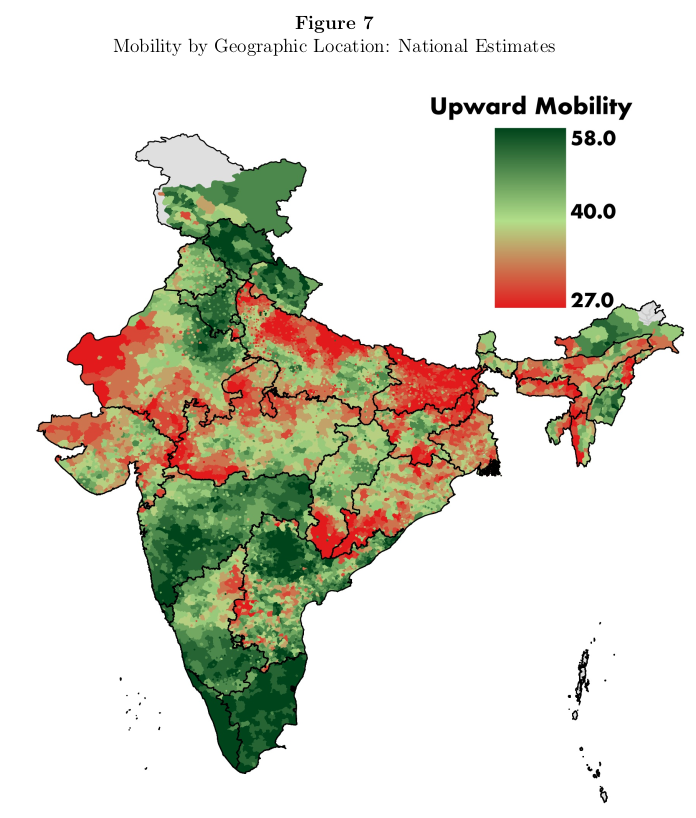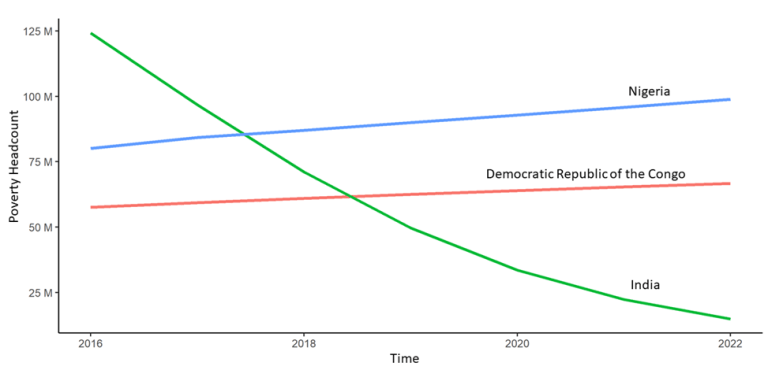The Indian Republic has a problem. It is deep and structural and vexing. The wheels of industrialization have brought half the country in conflict with the other.
The country is seemingly convulsed with agrarian distress and farmer unrest. Some have located these issues in climate change, others in the prominence of neo-liberal reform. But the issue is far more structural. Half of India knows only to make a living from farming, and they are seemingly getting better at it every year.
India’s farmers have been outperforming the world in terms of growth quite comfortably.
So if we are having year after year of record agrarian yields and remain a next agro-exporter, whats the problem ? The problem is that the other half wants food at the cheapest prices possible. This other half lacks the decisive political numbers that the rural group does, but lives in the more vocal and wealthier urban areas. Farmers obviously want better prices for their work, but urbanites are understandably wary of overpaying for food when they know they can spend their hard earned monies on modern goods and services.
But the conflicts dont end there. They extend into the realm of international trade relationships. India’s urbanites want to interact with the industrial world for personal growth and opportunity. India’s IT, pharmaceutical exports and remittances provide valuable foreign exchange for its fuel imports, and investment needed for modernizing its economy. But the industrial world is also super efficient at growing food and sees food as an important export. One American farmer can still produce what 50 Indian farmers can.
The Indian farmer thus requires protection from foreign competition, which is far more advanced technologically and is not constrained to small land holdings like he is. But such protection is not in congruence with the freer trade that its urbanites want and need for industrial growth.
Food inflation and international trade are thus two critical parameters on which rural and urban India face a structural conundrum. It is not that other cultures have not faced this crossroads before. Every country that has industrialized (Germany, Russia and China) has dealt with the question of its unproductive agrarian class. Authoritarian political structures meant that the ‘solution’ pursued by these countries brutalized the rural populace.
India’s democracy is deep and will prevent the urban elites from executing such brutality, despite their cultural and historical obsessions. Gaon tatva might seriously blunt Hindutva.


